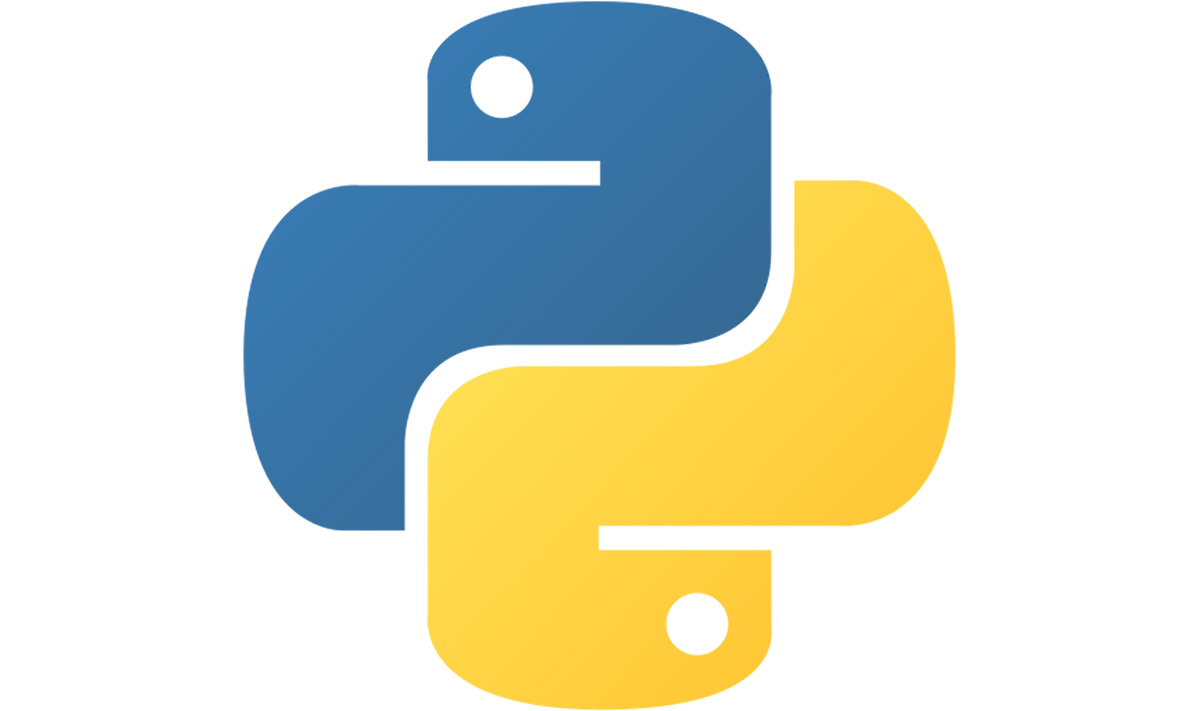Python Class Inheritance from Object Explained
Learn why inheritance from the base object class is crucial in Python, impacting object behavior and providing essential methods for your classes.
Learn why inheritance from the base object class is crucial in Python, impacting object behavior and providing essential methods for your classes.
In Python, the practice of classes inheriting from the object class is a key aspect of the language's design, stemming from its evolution. This inheritance might seem subtle, especially in modern Python, but it underpins important aspects of how classes function. This exploration delves into the reasons behind this inheritance pattern, its historical context in Python's development, and the practical implications for your code.
In Python, the concept of classes inheriting from object stems from the evolution of the language itself. Let's break down why this inheritance exists and what it means for your code.
Python 2's Class Dichotomy:
Python 2 had two distinct types of classes: "classic" classes and "new-style" classes. Classic classes didn't explicitly inherit from object, while new-style classes did. This distinction led to subtle differences in behavior and capabilities. New-style classes, by inheriting from object, gained access to a set of fundamental methods and attributes.
Python 3's Unified Approach:
Python 3 streamlined this by making all classes inherently "new-style." This means that even if you don't explicitly write class MyClass(object):, your class is implicitly inheriting from object behind the scenes.
Benefits of Inheriting from object:
Consistency and Compatibility: Inheriting from object ensures that all classes share a common ancestor, promoting consistency in how they behave and interact. This is crucial for code reusability and compatibility with libraries.
Default Behaviors: The object class provides a set of default methods like __init__ (for object initialization), __str__ (for creating string representations), and __repr__ (for detailed representations). These methods give your classes basic functionality without you having to define them explicitly.
Future-Proofing: While you might not directly use all the features object provides today, inheriting from it ensures your classes are prepared for potential future additions to the language or its standard library.
Practical Implications:
Python 3 and Beyond: In modern Python (Python 3 and later), you don't need to explicitly inherit from object. It's automatic and assumed.
Python 2 Compatibility: If you're working with Python 2 code or need your code to run on both Python 2 and 3, explicitly inheriting from object in your class definitions is a good practice. It ensures your classes behave as new-style classes, avoiding potential issues.
In Essence:
Think of inheriting from object as Python's way of providing a solid foundation for all your classes. It ensures they have a common set of behaviors, promotes consistency, and makes your code more robust and future-proof.
This Python code illustrates the concept of class inheritance from the 'object' class. It shows the difference between classic and new-style classes in Python 2 and how all classes in Python 3 implicitly inherit from 'object'. The code demonstrates default behaviors inherited from 'object', such as 'init' for initialization and 'str' for string representation. It also shows how to customize these behaviors by overriding inherited methods like 'str' to provide specific functionality. The example uses a 'Product' class to exemplify these concepts.
# Python 2 Example
class ClassicClass: # Classic class, doesn't inherit from object
pass
class NewStyleClass(object): # New-style class, inherits from object
pass
# Python 3 Example (All classes implicitly inherit from object)
class MyClass:
pass
# Demonstrating Default Behaviors from 'object'
class Product:
def __init__(self, name, price):
self.name = name
self.price = price
# __init__ from 'object' is used for initialization
product = Product("Laptop", 1200)
# __str__ from 'object' provides a basic string representation
print(product) # Output: <__main__.Product object at 0x...>
# Customizing Default Behaviors
class Product:
# ... (previous code) ...
def __str__(self):
return f"Product: {self.name}, Price: ${self.price}"
product = Product("Laptop", 1200)
print(product) # Output: Product: Laptop, Price: $1200 Explanation:
Python 2 vs. Python 3: The code highlights the difference in class definitions between Python 2 (where you had to explicitly inherit from object for new-style classes) and Python 3 (where it's automatic).
Default Behaviors: The Product class demonstrates how methods like __init__ and __str__, inherited from object, provide basic functionality.
Customization: The example shows how you can override inherited methods like __str__ to customize the behavior of your classes.
Key Points:
object.object for common tasks.object class is the ultimate base class in Python, meaning all classes directly or indirectly inherit from it. This establishes a unified class hierarchy.object when writing Python 2 compatible code ensures consistent behavior across versions.object class provides other useful methods besides those mentioned, such as __eq__ for equality comparison and __hash__ for hashing. Understanding these inherited methods can greatly enhance your class design.object is not just about the methods it provides, but also about adhering to Python's object model and ensuring your classes integrate well with the language's features and standard library.This article explains why Python classes inherit from the object class, tracing the concept's evolution and highlighting its benefits.
Key Points:
object inheritance) and "new-style" classes (with object inheritance), leading to inconsistencies.object inheritance implicit and automatic.object Inheritance:
__init__, __str__, and __repr__ out-of-the-box.object inheritance is unnecessary.object is recommended for compatibility and consistency.In Conclusion:
Inheriting from object provides a robust foundation for Python classes, ensuring consistency, providing default behaviors, and future-proofing your code.
In conclusion, the inheritance from the object class in Python, while implicitly done in Python 3, is a fundamental principle that brings consistency, provides default behaviors, and ensures future compatibility for your classes. Understanding this inheritance model is crucial for writing robust and Pythonic code, especially when dealing with Python 2 compatibility or leveraging the rich features of Python's object model.
 Why Do Python Classes Inherit Object? | Better Stack Community | Better Stack lets you see inside any stack, debug any issue, and resolve any incident.
Why Do Python Classes Inherit Object? | Better Stack Community | Better Stack lets you see inside any stack, debug any issue, and resolve any incident. Why do Python classes inherit 'object' | Python classes inherit from object by default because it ensures compatibility with other Python code and libraries, provides default behaviors and attributes.
Why do Python classes inherit 'object' | Python classes inherit from object by default because it ensures compatibility with other Python code and libraries, provides default behaviors and attributes. 9. Classes — Python 3.12.7 documentation | Classes provide a means of bundling data and functionality together. Creating a new class creates a new type of object, allowing new instances of that type to be made. Each class instance can have ...
9. Classes — Python 3.12.7 documentation | Classes provide a means of bundling data and functionality together. Creating a new class creates a new type of object, allowing new instances of that type to be made. Each class instance can have ... Inheritance in Python - GeeksforGeeks | A Computer Science portal for geeks. It contains well written, well thought and well explained computer science and programming articles, quizzes and practice/competitive programming/company interview Questions.
Inheritance in Python - GeeksforGeeks | A Computer Science portal for geeks. It contains well written, well thought and well explained computer science and programming articles, quizzes and practice/competitive programming/company interview Questions. Python Inheritance | W3Schools offers free online tutorials, references and exercises in all the major languages of the web. Covering popular subjects like HTML, CSS, JavaScript, Python, SQL, Java, and many, many more.
Python Inheritance | W3Schools offers free online tutorials, references and exercises in all the major languages of the web. Covering popular subjects like HTML, CSS, JavaScript, Python, SQL, Java, and many, many more. Why do Python classes inherit object? - GeeksforGeeks | A Computer Science portal for geeks. It contains well written, well thought and well explained computer science and programming articles, quizzes and practice/competitive programming/company interview Questions.
Why do Python classes inherit object? - GeeksforGeeks | A Computer Science portal for geeks. It contains well written, well thought and well explained computer science and programming articles, quizzes and practice/competitive programming/company interview Questions. Why do Python classes inherit object? | In Python 3, all classes automatically inherit from the object class.
Why do Python classes inherit object? | In Python 3, all classes automatically inherit from the object class.